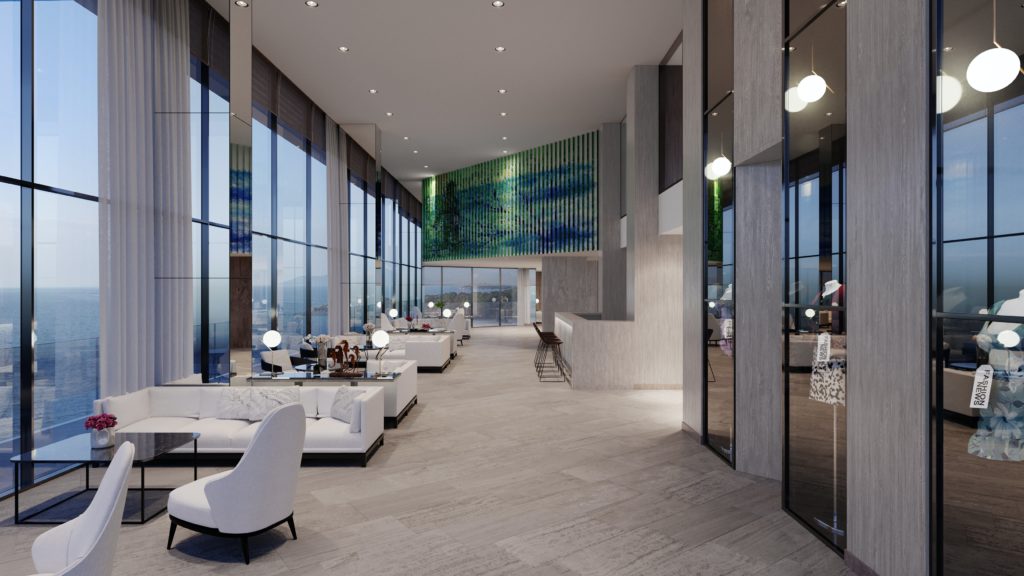
Tourism and hotel services enable providers to cater to people who want nothing more than an enjoyable and relaxing overnight rest, some good food, and, perhaps, an evening swim while they are at it. Whether checking in to a hotel for work or pleasure, the experience is expected to be enjoyable and stress-free, which means hotels must consider the accessibility of their spaces to ensure disabled people can enjoy the same level of experience as a non-disabled guest.
It is not just the reception desk, bedrooms, swimming pools, restaurants, gyms, washrooms, beer gardens, smoking areas, spas, and retail areas that must all meet a similar standard of inclusive access; catering not only to a guest’s physical requirements but also their sensory and digital environment is just as vital.
Aside from the design of the building itself, the checking-in process and digital booking experience should be straightforward, without compromising any more time than the process should reasonably take.
Hotels can often be sprawling labyrinths, particularly for larger chain hotels – so signage should be implemented throughout to combat disorientation. As a best practice measure, installing signs embedded with braille will assist visually impaired guests to navigate the location.
However, it is not just about meeting accessibility standards, a big part of inclusion is ensuring an enjoyable experience. Hotels are expensive, and providing convenience should naturally be the top priority of facility owners rather than just meeting legal obligations.
In light of this approach, make sure there are disabled-friendly rooms somewhere in the hotel, but preferably on the first floor. These rooms should be designed to provide a safe and comfortable experience for guests with visual or hearing impairments, neurodiverse conditions, or restricted mobility.
Hotel managers should also consider features such as sensory lighting, soundproof walls, accessible maps, and designated quiet spaces.
For on-site swimming pools, consider using ramps instead of ladders and offer seated lifts for mobility-impaired guests for convenient entry and egress as well as transfer systems like walls, which can help support wheelchair users as they enter and leave the pool. Pool chairs are another great accessibility measure, and can be conveniently removed from the pool when not needed.

As a general recommendation, the primary means of entry to a swimming pool must be either a sloped entry into the water or a pool lift that is capable of being independently operated by a person with a disability. The secondary means of entry could be a pool lift, sloped entry, transfer wall, transfer system, or pool stairs. Either way, the law in many countries demands that swimmers with a disability have the same access to pools as non-disabled swimmers.
To ensure safety, having the proper floatation devices for those with disabilities is critical to their safety while in and around water. As regular life jackets do not provide the necessary stability and support, look into special inflatable vests or safety belts for wheelchair users and individuals with mobility impairments.
Other simple measures you can implement to ensure pool accessibility and safety are adequate lighting illuminating every area of the facility and surrounding area. Additionally, you might consider using textured paint designed for wet surfaces – ensuring safety without compromising your desired aesthetic.
In the wider hotel, installing disabled access lifts, including vertical platform lifts and overhead hoists, is another essential step toward increasing your hotel’s accessibility. Also, make sure that communal toilets are fitted with grab rails and emergency pull strings with an accompanying emergency card with a contact number.
While the structural design of the hotel is particularly important, you must also consider training staff n disability awareness so that they are equipped to deal with any emergencies or specific requirements of guests. At reception, employees should ask if guests have any access requirements as a standard since many disabilities are hidden and not immediately obvious. Guests might also not feel comfortable divulging their requirements without prompting due to past experiences.
Another best practice opportunity for staff is training in level 1 sign language so that they can communicate with Deaf and hearing-impaired guests. and be aware of the different
So, with all these things in mind, how do we make sure hotels are accessible and meet modern standards of inclusion?
Well, as legislation is forever changing, Direct Access would recommend booking an initial accessibility audit to see what can be improved upon, so that your specific facility can achieve best-practice accessibility standards.
Moving forward, we would then recommend rebooking an access audit every couple of years so that you can keep up to speed with the latest laws and provide the most accessible experience compared to your competitors. Not only are there several types of disabilities out there, but every guest is built differently, and is ultimately coming to your hotel for a great experience. By considering accessibility, you are one step closer to providing that for them and their families.